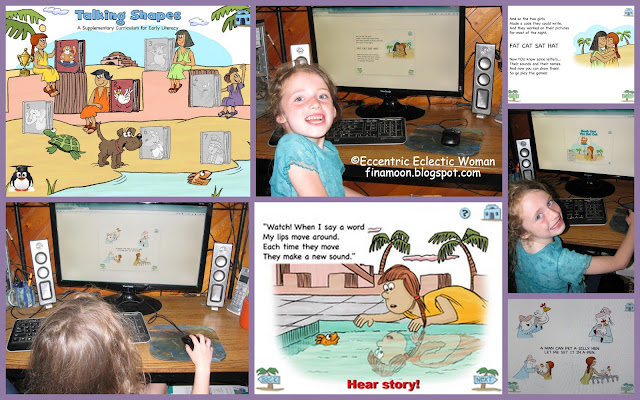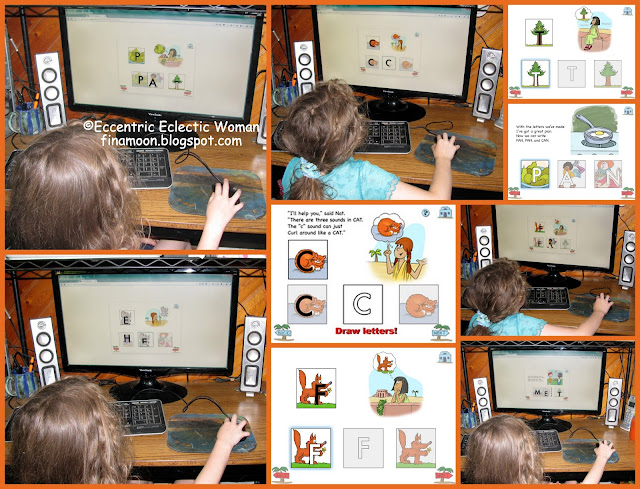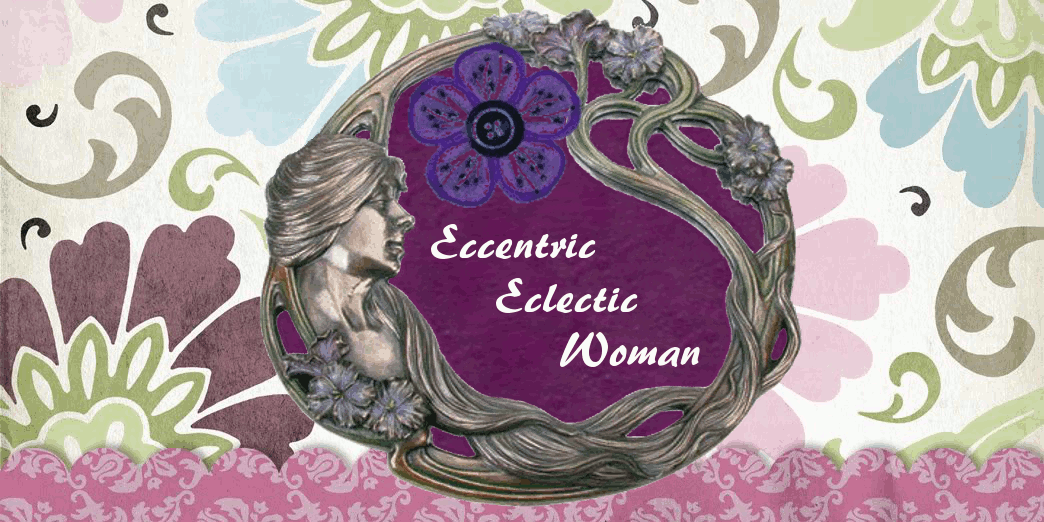My family had the privilege of trying a one-year subscription of the new online version of the Talking Shapes: A Supplemental Curriculum for Early Literacy app from Talking Fingers Inc. for this review to use in conjunction with our own homeschool curriculum. This is a Schoolhouse Review Crew Review. All opinions expressed are my own or those of my family.
Talking Fingers Inc. is an educational program developer that is largely funded by National Institute of Child Health and Human Development (NICHD). Their programs help young children with early literacy. One of their educational programs is called Talking Shapes.
Taking Shapes up until just recently was an app for iPad that teaches preschool and kindergarten age children to learn to identify letters and their sounds and learn to read. It now is available as an online version in which you can access though your computer browser. Dr. Jeannine Herron, a neuropsychologist, developed this program. Talking Shapes involves both left (logic, math, science) and right (creativity, arts) sides of the brain for more proficient reading. This program is intended for ages 4-5 and shows children that the words they can say are made up of letters they can see! Talking Shapes is seven interactive storybooks that when completed will introduce all 40 speech sounds (phonemes) from the English language and the letters that stand for those sounds. This program raises phoneme awareness.
How We Used This and Our Thoughts:
My daughter Zari is going into kindergarten this upcoming homeschool year so we decided she would be great for this Talking Shapes. She has had a hard time learning her letters and their sounds. We hoped that this program would help her.
We found that the Talking Shapes online program loaded super slow on our computer, but we do have sluggish internet speeds. When you first login to Talking Fingers Inc. Talking Shapes and finally get to the storybook map you will see only the first book in color and all the others greyed out. There are seven total books/lessons to do. You must have your child do this in the order that is given by numbers by the book covers in order for them to progress through the series. Your student will be able to move on to the next book when the first story and lesson is completed, but not before.
 |
| Zari enjoying the Talking Shapes story. |
When you click on a story book in the series it loads and sings a song to start about the vowels. It then has a starting menu with Story, Letters, Spell, and Read to pick from. We just clicked on the first one, Story. It tells the story of two girls from the past that want to remember their stories that they have told others and devise a plan to create letters and an alphabet to be able to write the words down. This is the listening part of the program.
 |
| Zari Drawing Letters in Talking Shapes. |
This story goes on to show the child the Letters that are introduced first in this story book. The child also learns through pictures how to recognize the letter. For example, a snake in the shape of a S, a tree in the shape of a T, a mountain in the shape of a M, a pear to form the uppercase P, or an acrobat with her arms in the general shape of an A, etc. These are the Talking Shapes that help the child remember the sound and shape of the letter. When the student clicks on the pictures they say the sound of the letter. The student also goes through a sequence of tracing the letters (with the mouse pointer or finger/stylus on a touch screen) on the Talking Shapes picture with outlines of the letter, on an actual letter outlined, and a Talking Shapes picture without outlines of the letter. You also draw letters to make two-three letter words. This is the drawing part of the program.
 |
| Zari spelling words in Talking Shapes. |
The Spell portion of the activities is next. Words are introduced with the letters they learned previously. The program first has the student spell, trace, place together, and sound out each letter in the picture they give for three letter words. They have to find the correct letter to place in the highlighted box, trace it, go on to the next letter, trace it, place them together, find the last letter, trace it, and place it together with the rest of the letters. We liked how the letters had to be manually placed together so that the blend could be heard. The student does this with the letter outlines on the pictures first, then just the letter outlines, then just the pictures without outlines. This is the game part of the program.
 |
| Zari reading words in Talking Shapes. |
After this section is the Read section in which the program first reads the child a short four sentence story with the words they learned then it leaves out one of the words. Words go by in flying pictures at the top of the screen and the child has to click on the correct one for the sentence to complete it before the word disappears off the screen. When the correct one is picked the pictures pop and the word appears correctly in the sentence where it was. These fill in the blanks help reinforce the words that were taught before.
A Preview of Some of the Stories and What They Teach...
- The Fat Cat: Introduces the uppercase consonants C, F, S, H, and T along with some sounds they make and the short vowel sound of uppercase A. The words CAT, FAT, SAT, and HAT are also introduced.
- The Silly Hen: Introduces the uppercase consonants P, N, M, L, along with some sounds they make and the short and long vowel sound of uppercase E. The names PAT and NAT and the words MAN, FAN, PAN, CAN, MEN, HEN, PEN, PET, MET, NET, LET, HE, ME, TAP, SET, NAP, MAP, LAP, HAM are also introduced.
- The Dancing Pig: Introduces the uppercase consonants B, G, J, D, W, along with some sounds they make and the short vowel sound of uppercase I. The words PIN, BIB, BIG, JET, DIG, WIG, LEG, BAG, BED, SAD, JAM, BAT, DAD are also introduced.
- and so on...
What we disliked about Talking Shapes:
- It loads super slow. This is very frustrating!
- To draw/trace the letter the child only needs to move the cursor or finger around the picture area until the letter is filled in. This encourages scribbling rather than actually tracing the letter correctly.
- We have only seen the program cover uppercase/capital letters and we are on the 4th book.
- The story is cute and engaging.
- The program is educational and interactive.
- It is fairly repetitious which is great for this age group.
- It is great for visual, tactile kinesthetic, and auditory learners.
My daughter Zari loves Talking Shapes. I could see it actually help her grasp letter concepts that she hasn't been able to before. She is finally beginning to understand basic phonics, letter sounds, letter shapes, and how to build words better. I am very happy with this program and its ability to help my daughter learn her letters and simple words easier so that she can learn to read.
Follow Them on Social Media:
Facebook - https://www.facebook.com/TalkingFingers/
YouTube - https://www.youtube.com/user/talkingfingersvideo
Twitter - https://twitter.com/ReadWriteType/with_replies
Hashtags - #hsreviews #talkingfingers #phonics #lettershapes
Read other homeschool curriculum reviews for Talking Fingers Inc. Talking Shapes...




No comments:
Post a Comment